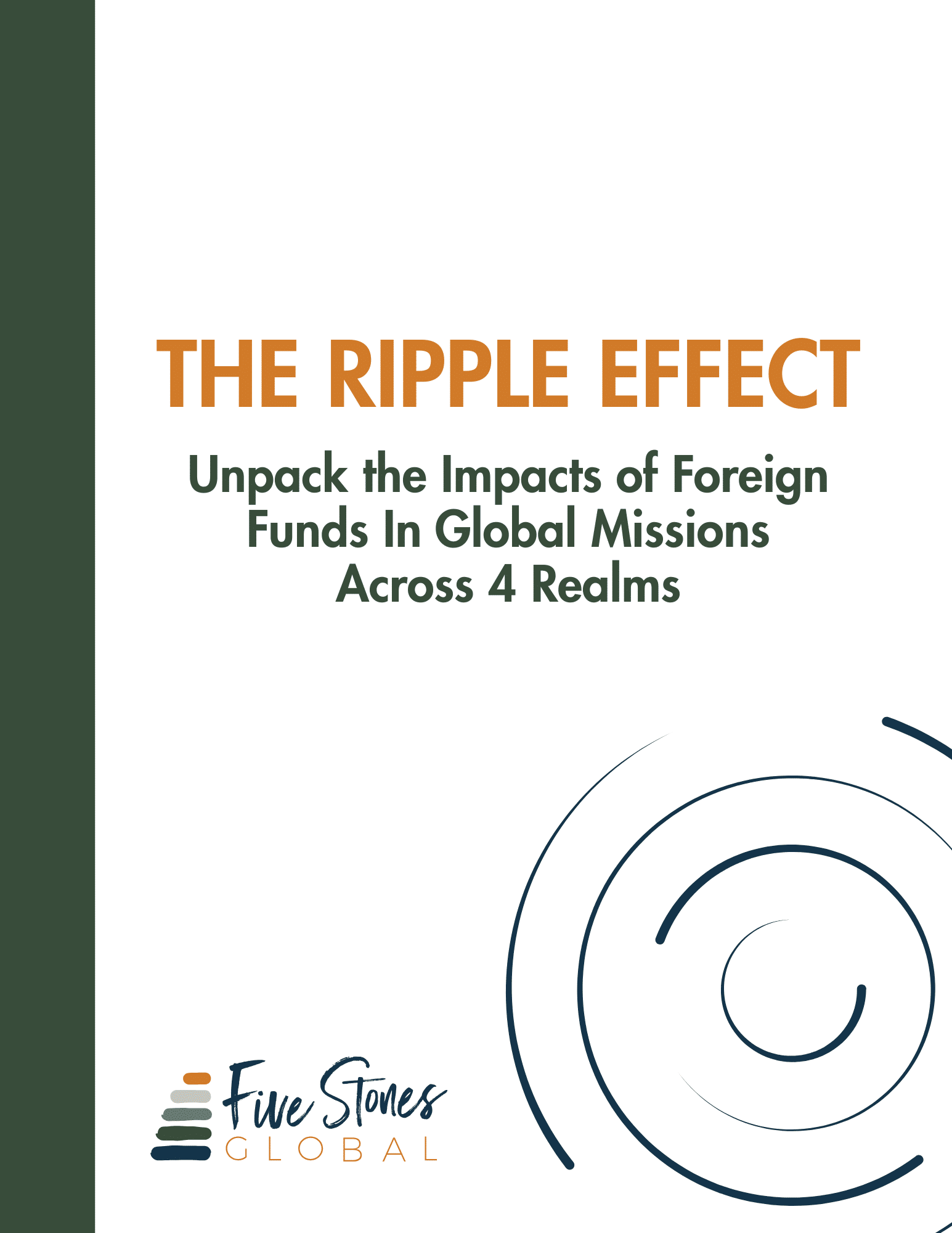By Sairengpuia Sailo
When in Cambodia, I (Jean Johnson) had the opportunity to meet and interact with Sairengpuia Sailo. He was a missionary sent out from Mizoram, Northeast India as a missionary to Cambodia. Mizoram is known for their locally sustainable and self-supporting churches. So what would it be like to be sent out from Mizoram to Cambodia as a missionary?
Sairengpuia Sailo shares his thoughts and experiences with us . . .
This writing is based on inspiration that I received through a paper, “Unnecessary Yoke” presented by Jean Johnson in Cambodia. I was sent out from the Mizoram Presbyterian Church of India to serve as a missionary in Cambodia.
The church is designed by Jesus to be self-sufficient, self-supporting, and self-propagating. The first century churches did not chronically depend on horizontal support, rather they received vertical help from above, i.e. the Holy Spirit. The Church in Cambodia today might be regarded as “a church that depends on horizontal help, receiving less aid from above. Both the missionaries and the locals have equal responsibility to establish self-sustaining and self-determining churches.
Christian Missions Starts Among the Mizo Head-Hunters
Allow me to share a brief introduction to the beginning of Christian missions in Mizoram, India. The Wales Presbyterian (then Wales Calvinistic Methodist Church) did not seem to have a ready-made mission strategy when they began their mission work among the Mizo head-hunters in 1891. In one of the Mizo head-hunting expeditions on 27th January 1871, the head-hunters killed Dr. James Winchester, Manager of a Tea Garden at Alexandrapore in Cachar District of Assam, and then took his five year old little daughter, Mary, as a captive.
On hearing about this incident, the British Government sent its troops to rescue Mary, as well as to suppress head-hunting and establish law and order in the land of the Mizos. At this stage, the British began to colonize Mizoram after several battles with the Mizo Kings. The British expeditions paved the way for the coming of Christian missionaries to Mizoram. This brings me to lessons learned about planning and planting locally sustainable and self-supporting churches.
Supporting Our Own Pastors in Juhming Cultivation
During the stages of pioneer mission work in Mizoram, there was no way for the missionaries to efficiently communicate to churches, family, and friends back home. This meant that their sending churches and mission leaders rarely visited Mizoram. There were never more than ten missionaries at a time in Mizoram. Their finances were minimal enough that they couldn’t support Mizoram pastors or churches even if they wanted to. If indeed they did support Mizoram pastors, it was no more than 62 rupees ($1).
This meant that all Mizoram pastors had to be supported by their church members. In most places, the believers reserved land for their pastors and evangelists so they could cultivate it as a way to sustain themselves. Furthermore, the villagers set apart a day to help the Pastor’s family in Jhuming cultivation. During the harvest time of vegetables and rice, people counted it as their duty to pay back their spiritual leaders who have made themselves poor to make others spiritually rich. Pastors’ kitchens were always full of vegetables in season. Up to this very day, Mizoram believers practice this self-supporting model.
His or Her Lack Means Someone Else’s Strength
What one might call a weakness—the inability of the Wales Mission to subsidize the churches and leaders in Mizoram—was actually a strength. Whether planned or unplanned, it was an effective model for establishing a sustainable, self-managing, and self-sufficient Church in Mizoram.
This can be applied even in Cambodia, as well. I observed the work of Richard Petterson who came to Cambodia in 2012 from one of the churches in Papua New Guinea. NEI (New Enterprise International) supported him $100 per month and his church gave him a little funding here and there. He started his ministry in Kampong Kdai village area in the province of Siem Reap. The villagers loved him so much that they constantly invited him to eat with them. They did not expect anything from him, which is a rarity. The villagers themselves were involved in the construction of a school building (actually it was just an extension of a house using traditional building materials). In this case, a poor missionary made the villagers rich, rich enough to help their missionary. If Richard had received liberal support and thus was capable of supplying their needs, the believers would have become passive recipients. This is an example of how a lack of missionary funds was actually a blessing.
Missionaries don’t need to empty their bank accounts or raise huge amounts of money. What we need is huge amounts of love. We need to know how to see their painful situations without undermining their sense of worth and responsibility as believers. Yes, God gives us passion to help, but not to help in ways that destroy their maturity.
Subtly Forcing Our Own Culture
Some missionaries act as if they fully understand the culture of the people whom they serve, and thus impose forms and expressions on the local people. But it is impossible to understand the culture to the same degree that the local people understand it.
I am an Indian. The state where I am living is isolated from mainline India and we have a different language and culture from them. Indeed, we learn the culture of mainline Indians – the language, caste system, and dowry (groom price) in schools and colleges. Beyond learning about them, I was with them. We studied together and lived together. And even though I lived with them, I can explain their culture more so in theory than in reality. A theological professor from mainline India wrote an interesting book Mizo Ethos – Changes and Challenges. He married a Mizo girl, adopted a Mizo name, resided in Mizoram (Mizoland) for many years, and yet he still found it very difficult to accurately explain the heart of the Mizo culture and people.
Allow me one example in regard to worship in Mizoram. The gospel began to spread through traditional gospel songs and people naturally used Mizo drums to accompany the songs. Some churches started to use Mizo drums in their churches. The missionaries and Mizo church leaders who were close to the missionaries deemed the churches as cults because they felt the churches had comprised themselves by using traditional, satanic instruments. They actually cried to God with tears, “O God, your people sinned against you by taking satanic instruments inside your Holy Church.”
However down the road, when some missionaries came to Mizoram for the celebration of gospel centenary, they had come to realize that God wants people to glorify him in their own way. As missionaries, even if we dearly love the church traditions that we taught the local people, they may eventually abandon what feels alien to them and return to their heart worship, music, and instruments. Would it not be better to start that way, rather than readjust after the damage has been done? The earlier they worship in their own way, the better for the future church.
We need to plant the seed of the gospel deep in people’s hearts and then allow it to grow in their own way. We have to be careful not to impose ‘our best way’ on them; let them do it by themselves. From my perspective, if the church is set free to worship contextually, it automatically meets the real spiritual needs of the people. It is important to sacrifice tradition, practices of our denominations, and even our theology to ensure the church is biblical and local rather than a foreign import.
What Type of Church Should We Establish?
Church is instituted by Jesus for the believers. The church becomes strong and successful only if she is rooted in the culture of the people. The Mizoram Presbyterian church, for instance, is very different from other Presbyterian Churches . . . In the Mizo churches, the whole community is involved in every activity of the church. Not only is the pastor a preacher, but also ordinary men who are committed to Christ are preachers. Mizos function as co-operative communities. Social, voluntary activities are a common practice even before Mizos became Christians, and we carried that practice right into church life. The Mizo local church committees typically pick at least one person from each family who can serve the Lord in the church as volunteers. Only full-time pastors are paid and they are paid by the church people.
Cambodia has a unique culture and very special social life. I do believe that God desires a unique Church for the Khmer that is different from the Eastern or Western Church. Cambodia needs a Church that meets the needs of the people, touches the heart of the people, and feels the pulse of God in their way of worship. Western or Eastern church tradition and practices may not be applicable in the context of Cambodia. Cambodia needs a fresh church that allows people to worship in their own way.
In Cambodia, active workers in the ministry of the church are not typically paid by the members of the church; they need support from abroad and it is becoming a big problem for the Cambodian Church. We need to reconsider our methods and the type of Church we have been planting in Cambodia.
Self-sustainable and self-propagating churches need to start from the beginning. I am thankful for the heritage of the church in Mizoram and I long for Cambodia to have the same freedoms and self-maturity.
Sairengpuia Sailo oversees two Presbyterian churches in Mizoram of a combined membership of approximately 2000 people.
To read the article in it’s entirety, please visit Five Stones Global: Resources: Articles.


